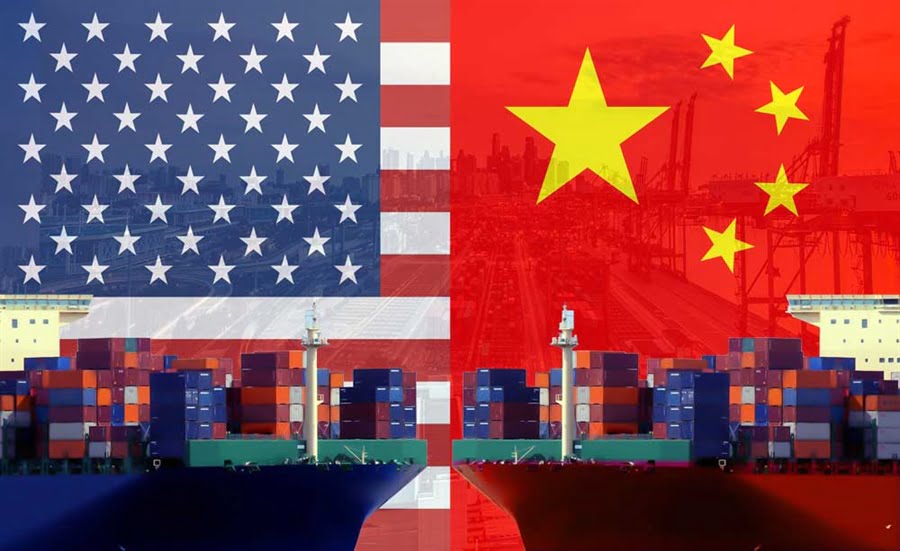Published June 4, 2019
At the end of April, all signs pointed to a resolution of the U.S. China trade dispute. Among the China and trade focused business and political communities in New York and Washington there was a consensus that an agreement would be signed during a Summit between Presidents Xi and Trump in mid-May. Not only did the planned summit get scrubbed, but the trade dispute has broken out into an all-out trade war.
In short order President Trump imposed 24 percent tariffs on $300 billion of goods made in China, proposed a total ban on Huawei 5G and telecommunications equipment and China retaliated with new tariffs on $60 billion dollars of U.S. made goods. There is also word now that China is preparing to stop exporting ‘Rare Earth’ materials (vital to electronics) and dump U.S. treasuries.
All of this has led to an exponential increase in uncertainty, for manufacturers, retailers, brands, farmers, and financial institutions in the U.S. and China. The winners in the dispute thus far are just about everyone except China.
In the manufacturing arena imports from China have decreased as companies are shifting some production to new countries. The big beneficiaries thus far have been countries like Thailand, Vietnam, and Indonesia. Production has not shifted to the U.S.
This presents a serious problem for Beijing in that lost exports have meant factory closings and job losses. In the U.S. this has resulted in higher prices as U.S. companies have to pay the tax (that is essentially what a tariff is) to the U.S. government and then pass that higher cost on to consumers. With tariffs moving from 10 percent to 25 percent we are likely to see not just higher prices but according to banking giant UBS there could be up to 12,000 store closings and $40 billion in losses to the U.S. economy.
The new trade war has massive implications for U.S. retailers and brands who rely on Chinese consumers for significant percentages of their yearly sales. China is the second largest consumer market in the world. If the situation is not resolved soon we will see:
- Chinese consumers will spend less because of lower wages and job losses
- They will shift in mass to non U.S. brands and goods because of the tariffs
- U.S. companies already in China will suffer and few U.S. companies will seek to enter the market
We are not at this point yet but an extended or permanent trade war with China will end up benefitting everyone excect the U.S. and China. A new Cold War will benefit no one.
Retail Earnings Season
The last two weeks were the peak period for retail earnings reports and it was ‘the best of times, it was the worst of times’. Walmart, Home Depot, and Target were big winners. Lowe’s, Kohl’s, Canada Goose, and Abercrombie and Fitch were big losers. Additionally, ASCENA announced that they are closing all of their 650 Dress Barn stores.
The general trend is that companies who are embracing the ‘New Retail’ – the integration of online, offline logistics, and technology are and will thrive and then there is everyone else. This is not the retail apocalypse that some are calling it, rather it’s a time of ‘retail renaissance’ where disruption is thinning the herd of store counts.
More Resources
- Fox Business News Interview: Department stores are a dead concept: Retail expert
- BBC World News Interview: Alibaba and China Trade Dispute
- Video: The New Retail



